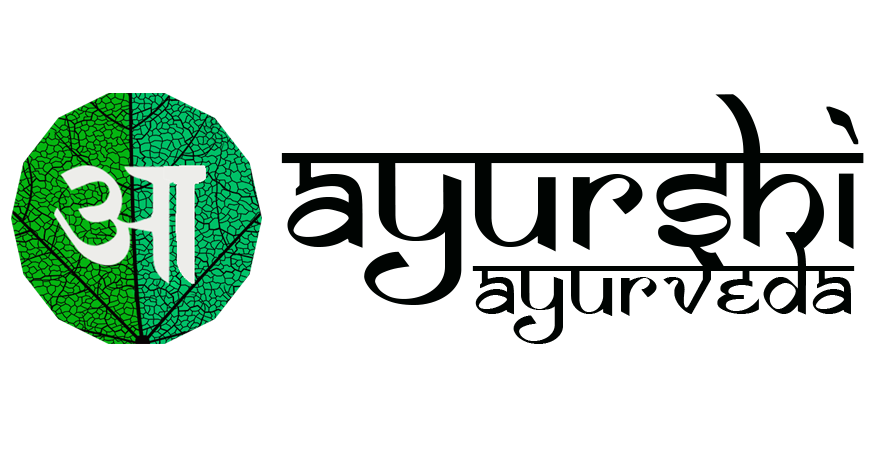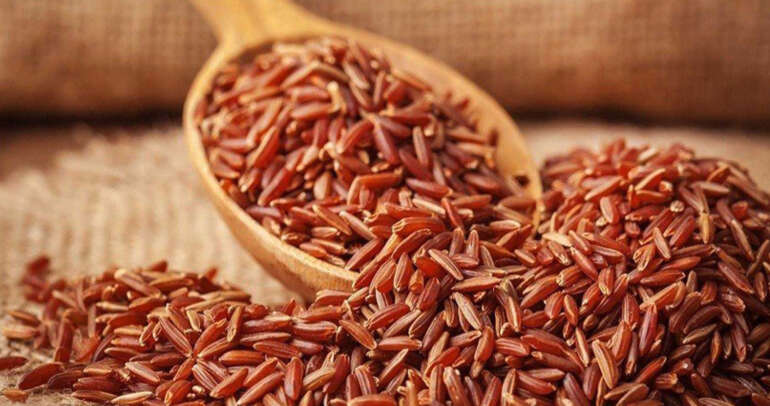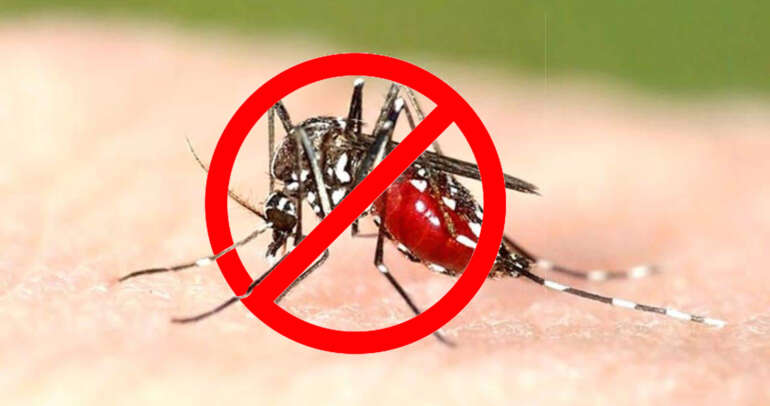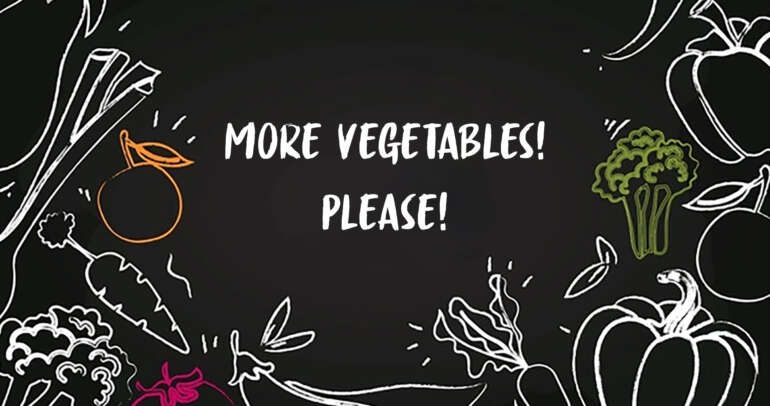Mappillai Samba – Best Traditional Rice
‘Ilavattakal’! Most of us are new to this word. Leave the youngsters living in the city, most of the youngsters living in villages aren’t aware of this tradition to pass it onto the next generation.
In the film “Mudhal Mariyadhai” Sivaji challenges Radha and lifts a stone to prove his strength. That stone is called ‘Ilavattakal’. In earlier days, when uniting two people in marriage, one of the main factors in deciding the bridegroom was testing him for his bravery and strength. The man was judged by his performance in many traditional sports such as taming a bull, lifting the ‘Ilavattakal’, etc.
In those days a girl would have four to five prospective grooms among their relatives but she can marry only one person. Even if the person she likes is very handsome and caring he still has to pass the challenge to marry her. He has to prove to everyone that he has the grit and determination to take care of her lifelong.
How is Mapillai Samba related to this sport?
Now here comes the test of ‘Ilavattakal’ to give the person, a chance to prove himself. In a worst-case scenario, that he may not be able to lift the stone at the given time, ‘Mapillai Samba’ rice is given.
‘Mapillai Samba’ rice is red in colour. Like all the other rice it has a generous amount of carbohydrates. The high fiber content present in the rice eases digestion. The vitamin B1 present in the rice aids in healing stomach and mouth ulcers. In addition, it has a hearty amount of micronutrients, which helps in absorbing all the other nutrients.
The percentage of glucose mixing in the blood is less compared to even the rice ‘Kuruvai’ and it doesn’t mix as fast or as easily as the other rice due to which it is highly endorsed for diabetic patients and also reduces cholesterol. It is also recommended for children as it helps achieve better growth. It improves hemoglobin content in blood as it is a good source of iron and zinc. It also nourishes and strengthens the veins, muscles, nerves, and blood. Many vein-related problems, including Hemiplegia (paralysis), can be cured. The immunity and stamina of the body will also improve and help in leading a healthy life.
You can order Mappillai Samba on our website – http://liveindiantradition.com/





